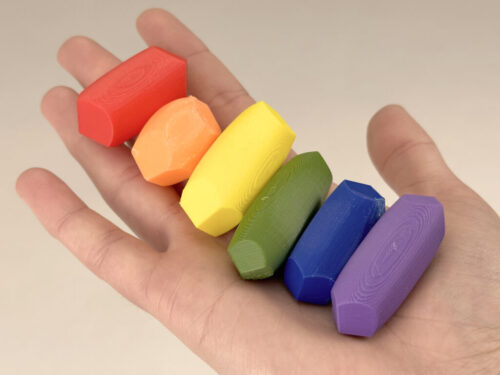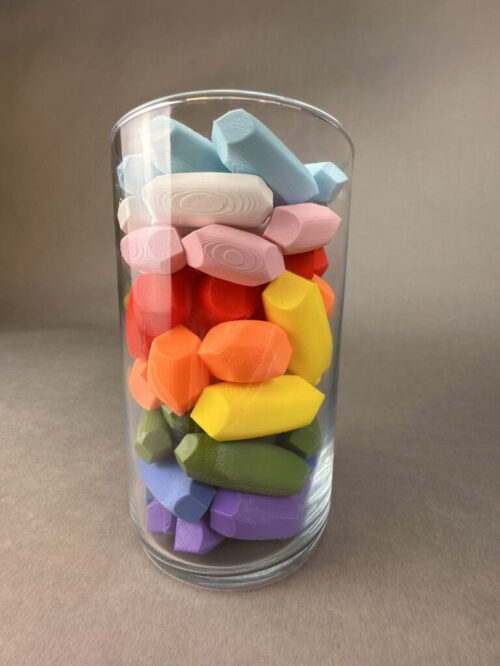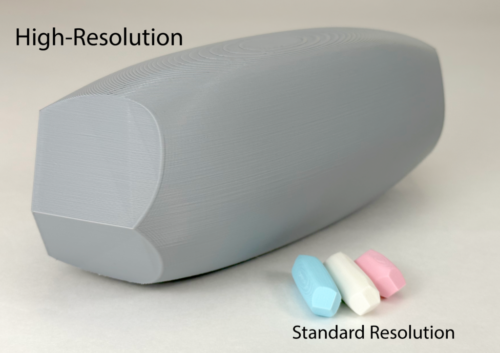How to 3D print inner ear crystals, aka Otoconia/Otolith

Here at Vestibular First, we are excited to share our knowledge and passion for the anatomy that makes up the vestibular system! Combining this knowledge with technology is at the heart of our company.
Special thanks to researcher Leif Walther who studied in detail the inner ear crystals, also known as otoconia/otolith. His research article titled The Inner Structure of Human Otoconia shows in detail multiple cross-sections of otoconia which were used as reference images to make the models.
Additionally, every otoconia is a little different, so we took it one step further and produced an application to create these crystals with a random seed. From there, we selected the 9 best models that matched scanning electron microscope images to make sure they were the best representatives of actual human otoconia.
Step 1
Find 3D printer or 3D printer service
Any sized 3D printer will be able to print these models easily. We used the Prusa MK4 for the ones shown. If you aren’t able to find one, check out a service like Craftcloud. Use referral code REFN8KMEEQL to get 10% off your order! Our models are provided in millimeters and we recommend any basic plastic like PLA or SLA for a cost effective printing.
Step 2
Download the model
We have published our models on a 3D design site called Printables which allows people to collaborate and connect on projects. Please visit the Vestibular First 3D Models page to view this and our other 3D models.
Step 3
Print the apparatus
Each printer and filament is different, however, here are our general recommendations. Your mileage may vary–so use these settings as just a starting point:
- Layer Height: 0.10mm
- Seam Position: Rear
- Infill: Adaptive Cubic @ 15%
- Perimeters: 4
- Supports: On Build Plate Only


